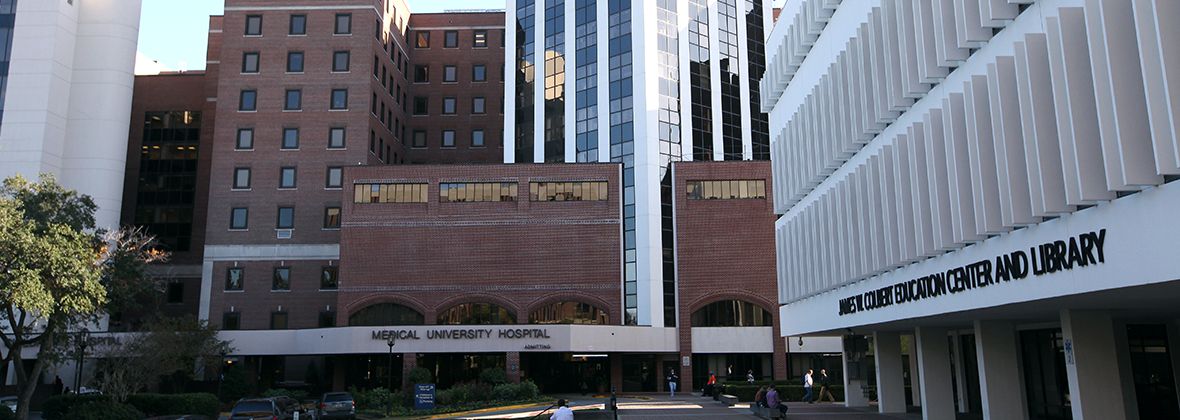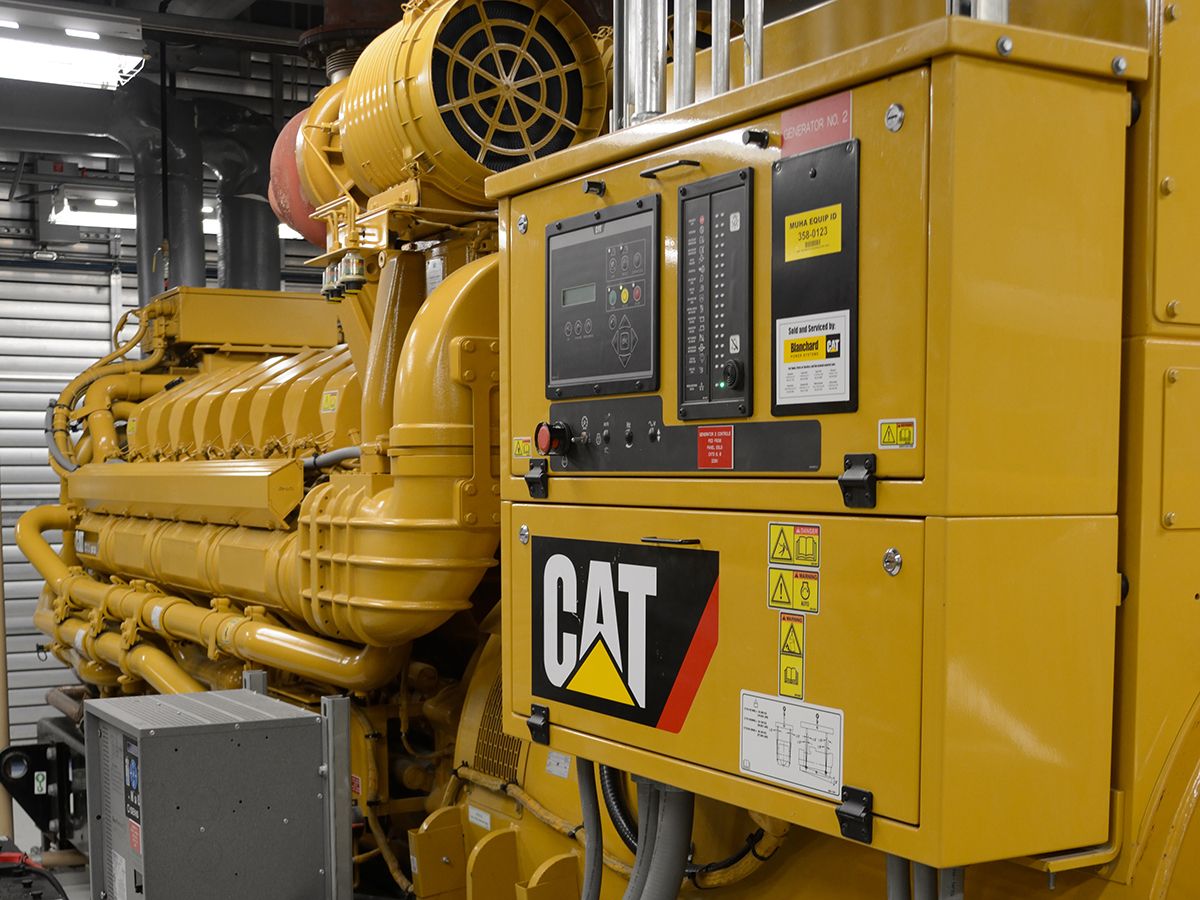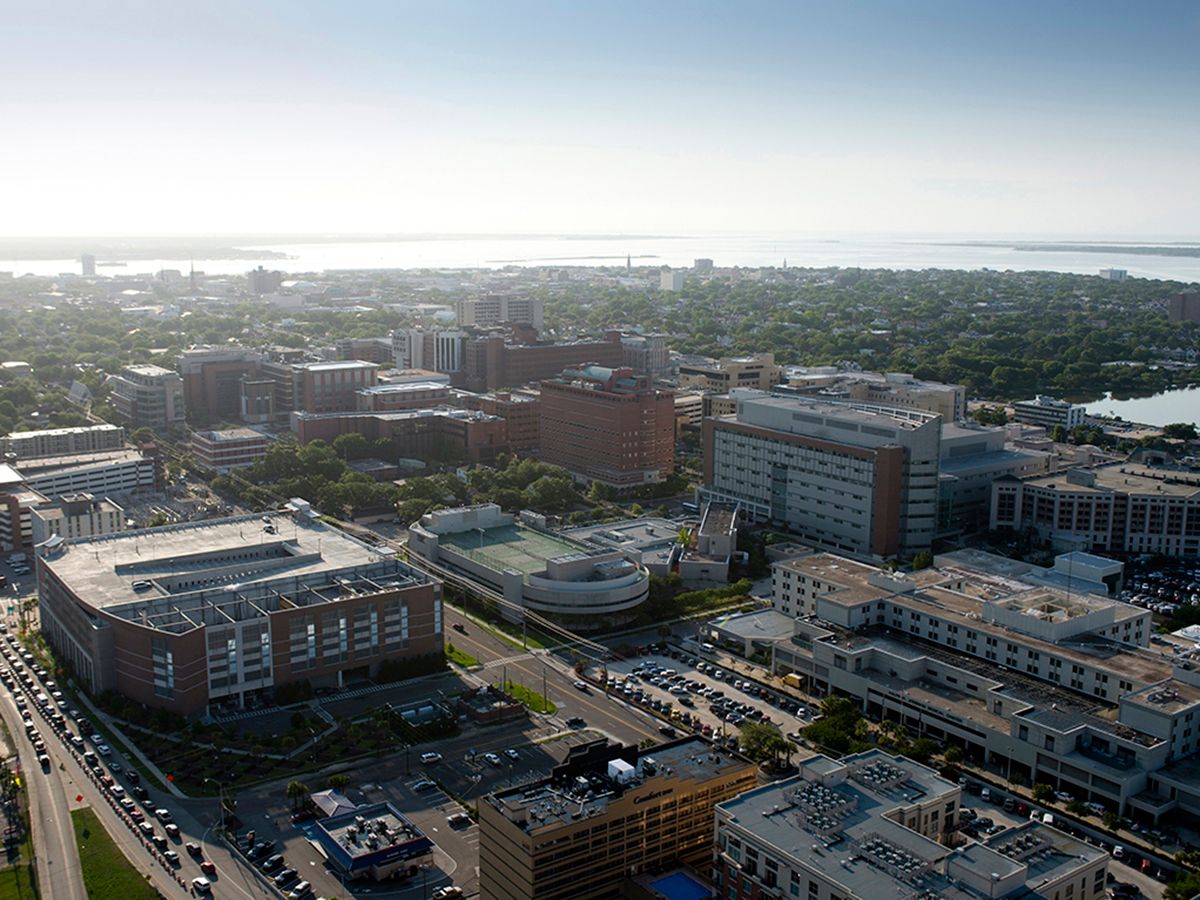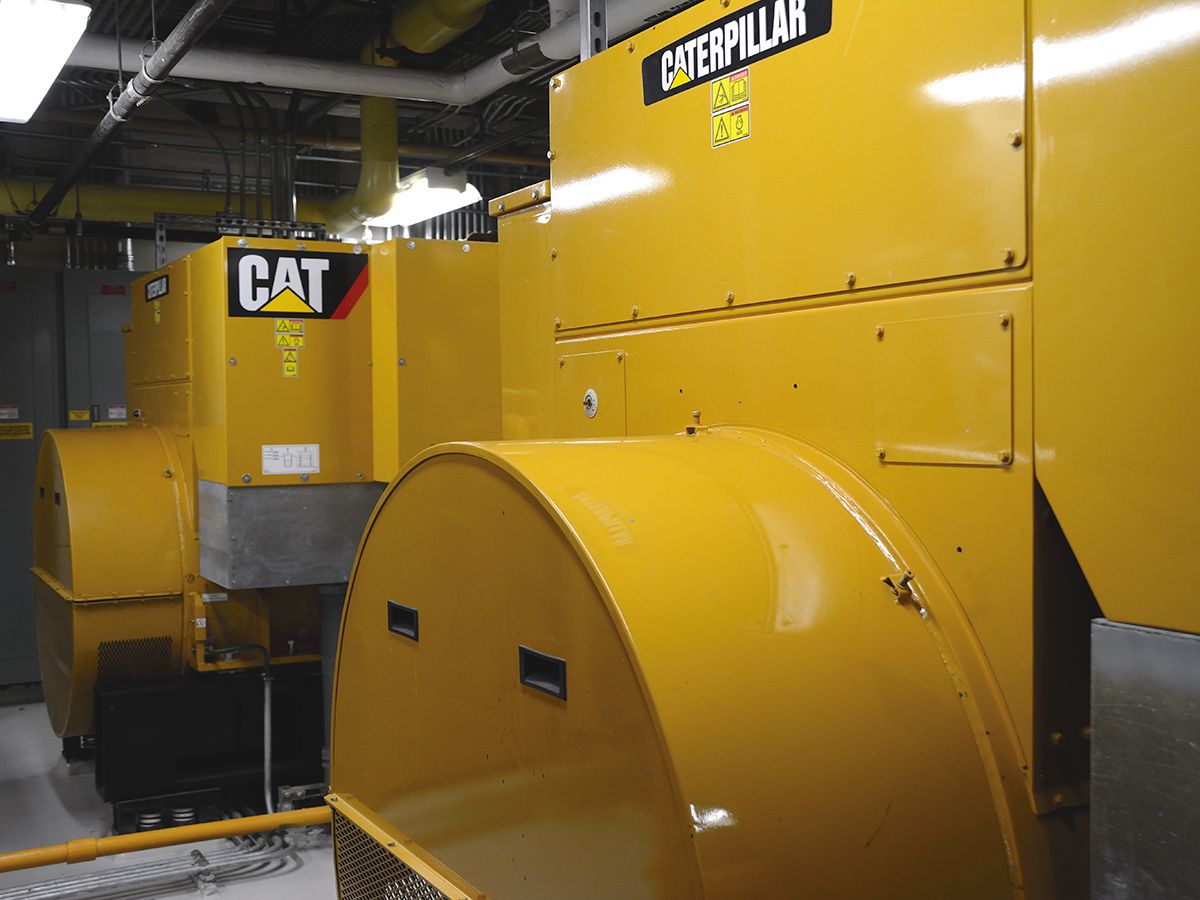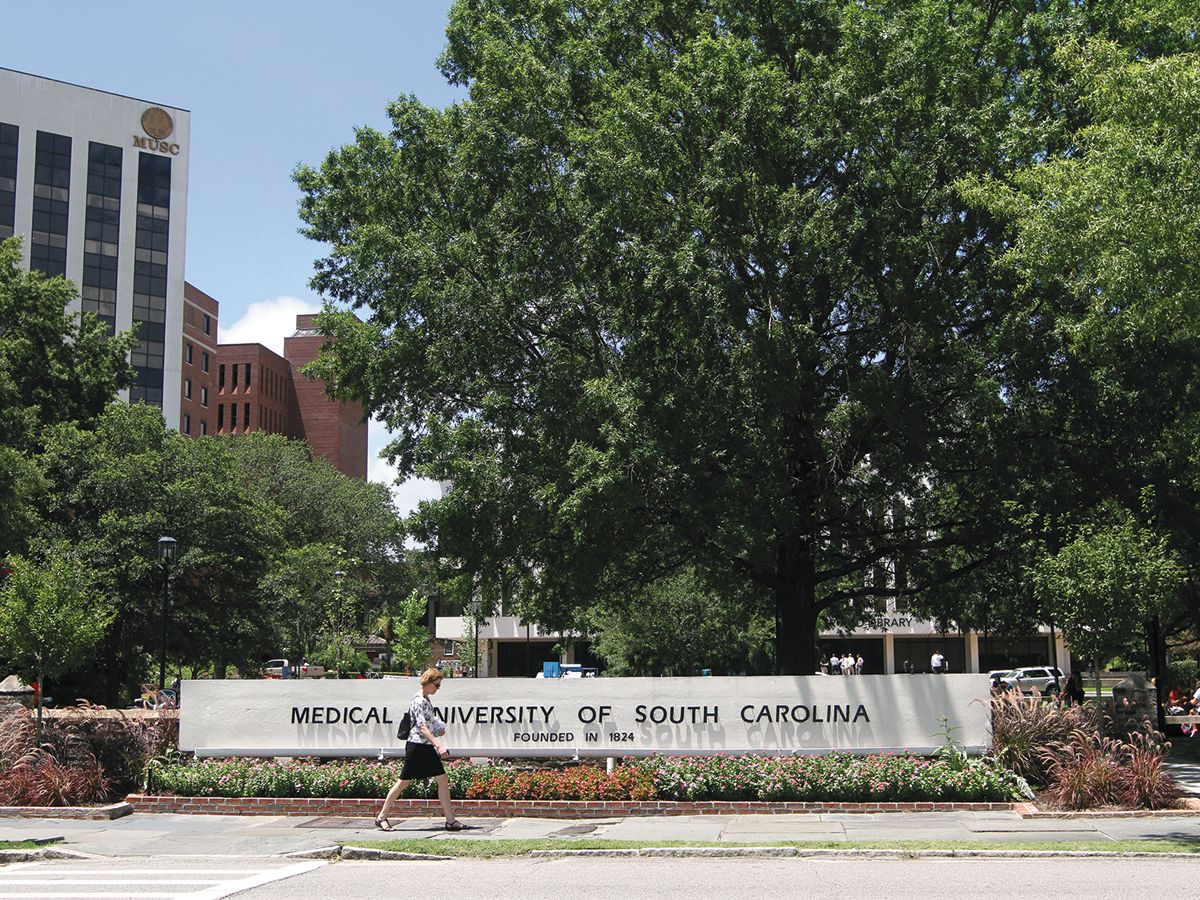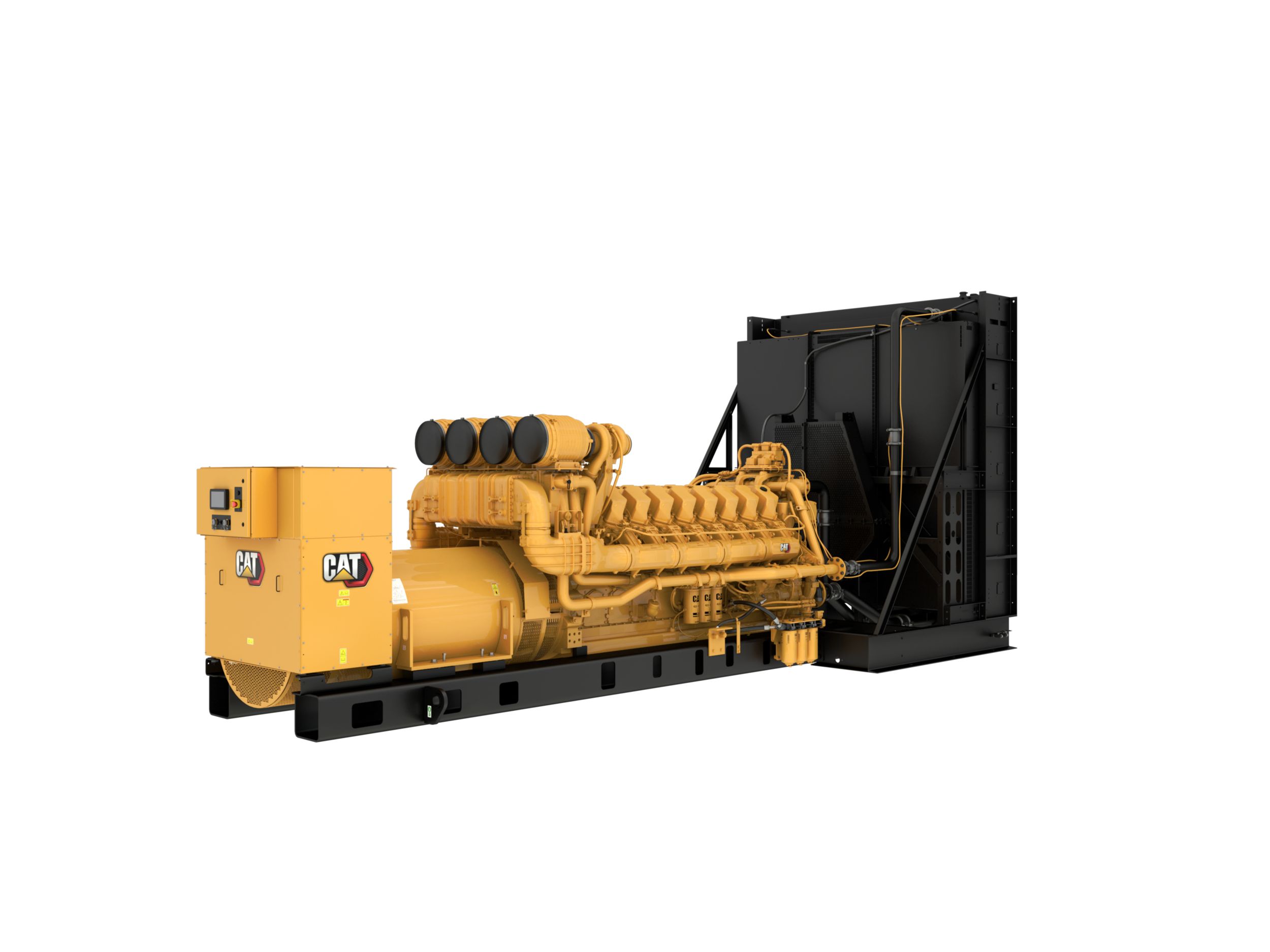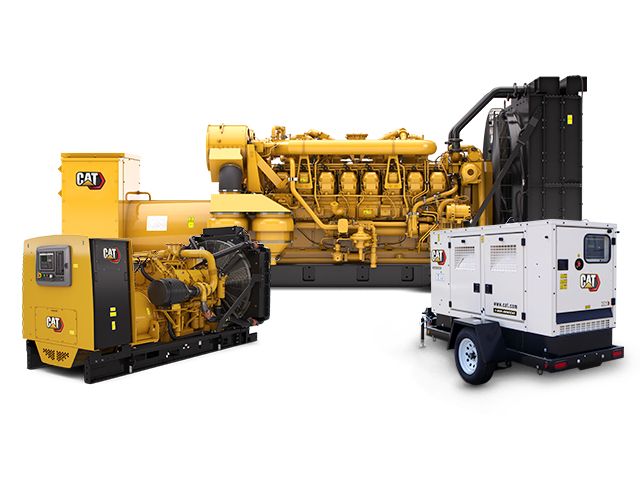

Sign In
Welcome! Sign In to personalize your Cat.com experience
If you already have an existing account with another Cat App, you can use the same account to sign in here
Register Now
One Account. All of Cat.
Your Caterpillar account is the single account you use to log in to select services and applications we offer. Shop for parts and machines online, manage your fleet, go mobile, and more.
Account Information
Site Settings
Security
The Power of Critical Planning
Customer: Medical University of South Carolina
Location: Charleston, South Carolina
Customer Business Issue: Hospital standby power
Solution: C175-16 diesel generator sets (4)
Cat® Dealer: Blanchard Power Systems




POWER NEED
First opened in 1824, the Medical University of South Carolina (MUSC) is one of the oldest continually operating schools of medicine in the United States.
It has expanded from a small private college for training physicians to a state university with a medical center and six colleges that educate a broad range of health professionals, biomedical scientists, and other health-related personnel. It also operates as a center for research and has a public hospital.
The Medical University Hospitals comprise 709 licensed beds and receive over 32,000 inpatient admissions and over 730,000 outpatients annually. It is the only Level I trauma center in the South Carolina low country.
Much of the coastal region of South Carolina is commonly known by locals as the “low country,” an area rich in southern architecture, history and tourism.
But as a hospital complex positioned at the coastal edge of downtown Charleston, officials at the Medical University of South Carolina realized that floodwaters from a hurricane or tropical storm could put facilities at risk for a total power failure that not even standby generators could withstand.
“All of our major infrastructure equipment—all the generators, boilers, chillers, and related infrastructure equipment that runs the healthcare facility—all of it was in the flood plain,” recalled Tripp Player, a consulting engineer for GWA Inc. “And most of the equipment was 25 years old and was near the end of its useful life.”
Based on the catastrophic failures of medical facilities in the wake of Hurricane Katrina, and also experience gained from Hurricane Hugo in 1989, a team of architects and engineers was hired five years ago to evaluate the potential threat and risk to the normal power, emergency power, steam, chilled water, medical gas, and other related infrastructure systems and equipment at the university, including the North Tower and the University and Children’s hospital facilities.
The study concluded that these hospitals could experience total, catastrophic loss of the infrastructure equipment and systems.
“If we’re in the path of a 100-year storm with the right characteristics, a wet storm on a high tide in Charleston, they project the entire first floor will be under water,” said Iggy Pla, an infrastructure project manager for the Medical University Hospital Authority (MUHA). “It will wipe out the first floor—we’re going to have fish swimming in the hallways.”
If a flood wipes out mechanical equipment, then air movement stops and mold sets in, which is what happened in the aftermath of Hurricane Katrina.
“In the coastal region, mold is what gets you,” Pla said. “After Katrina, the experience for those affected facilities was you lose all your air handlers and you lose all your normal power. Then you can’t move air in a building on the coast during hurricane season, which is typically August and September.
“The number one thing that would kill the hospital is mold,” Pla continues. “As soon as you have your entire first floor full of mold, eventually you’d have mold on the tenth floor. It wouldn’t just be a first floor renovation project. Because mold is everywhere, especially here in South Carolina where it’s humid.”
SOLUTION
The Medical University of South Carolina’s modern campus in downtown Charleston dates from the early 1950s and has been subjected to varying degrees of planning expertise over the years, resulting in an electrical plant that was less than optimal.
The MUHA’s decision to mitigate potential failures from storm flooding presented a rare opportunity to bring outdated electrical systems into the 21st century. That effort required months of planning and countless meetings between engineers, facilities staff, and clinicians to ensure power remained on during new construction.
Creation of a vertical building expansion—with the lowest levels of the facility stationed above the storm surge levels and the relocation of infrastructure equipment and systems to these elevated areas—greatly reduces the risk of losing power due to flooding.
For David Dement, director of facilities and maintenance, culmination of the project represented the realization of years of planning.
“You can build a generator plant anywhere,” Dement says. “But when you build a generator plant or a boiler plant or any kind of infrastructure for a hospital, you are connecting directly to the patient—and this is how we touch the patient.”
GWA was responsible for planning and engineering the modernization of the hospitals’ electrical infrastructure to update and consolidate systems, improve reliability, reduce power costs, and withstand severe flooding. Existing high-voltage service equipment was relocated and reconfigured to permit the hospitals to operate independent of the public utility and to be powered by a new multi-unit diesel electrical power generator plant, thereby ensuring reliability of power.
Built in a former loading dock area between two buildings on MUSC’s dense urban campus, the $40 million Sabin Street Energy Plant was completed in December 2013. It houses air conditioning systems, switchgear, and four Cat® C175-16 generator sets—with each system placed on a separate floor in a five-story building.
RESULTS
Should the main utility feed go down, the energy plant is designed to provide full power to the Children’s and University hospitals and the North Tower at the same 13,800 kV level.
“Before this project, we had a generator for the North Tower, we had two generators for the main hospital, and we had four generators for Children’s Hospital,” Player said. “What this project enabled us to do is consolidate all these generators and have just one central energy plant. I can’t begin to explain the amount of coordination it took to integrate those separate buildings and bring the main distribution back to one location. That was the heart of the project.”
The four Cat C175-16 generator sets were provided by local Cat dealer Blanchard Power Systems. Introduced by Caterpillar in 2008, the C175-16 has been in use across the globe in a variety of applications and has proven to be highly reliable and durable.
While the MUSC campus is packed with scores of various Cat generators, familiarity with the brand was not the number one consideration in the selection of generator sets.
“It’s the service,” Player says. “At some point, a man-made machine is going to break. And when it breaks, you need to have a man in a van who responds quickly and knows what he’s doing when he gets here. So when we select equipment, the product support, parts, and service are primary considerations.
“It’s just like a football team—if you start dropping the ball, we will find somebody to carry the ball,” he continues. “But Blanchard carries the ball for us, and they don’t fumble. We know we can count on them for an almost immediate response when an issue arises.”
